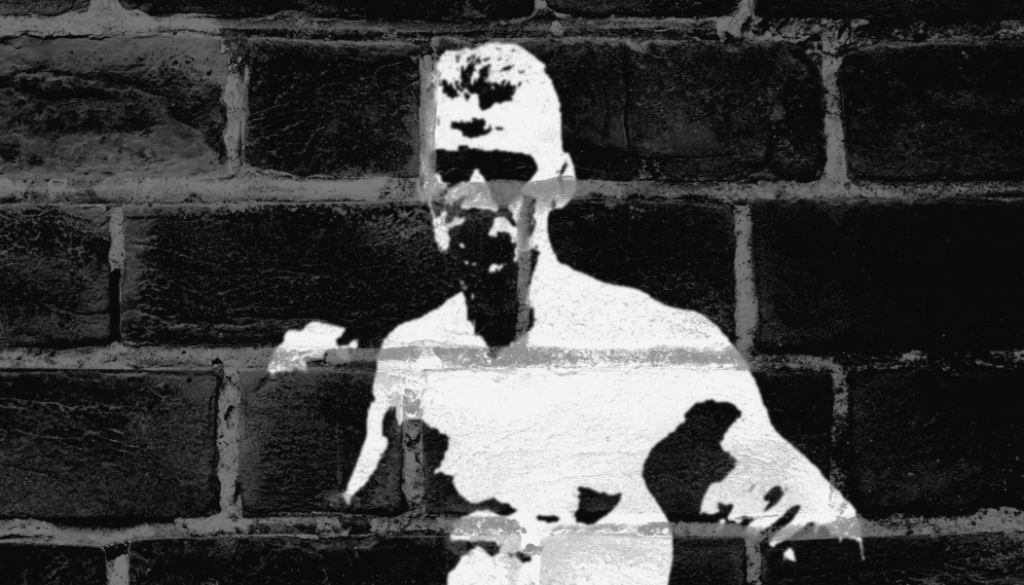Recognize the opponent’s preparation level
Collecting information is fundamental
Assuming that accepting to fight for any reason is wrong (read The 6DKF’s diagram about the use of violence) and silly (read Martial art and self-defense: what are the differences?), if there are no alternatives, it is a very serious mistake to accept fighting without thinking:
- We can not entrust our lives to chance – If on the one hand we can be lucky and catch the opponent on the break, on the other he could not wait for anything else (resolving the situation in an instant ko, with all the consequences that we can imagine)
- Not all the aggressors are stupid – In the street, those who choose to attack us generally do it because, in some way, they have an idea that they will be able to beat us
- For an expert, it is better to defend than to attack – Attacking like a crazy bull is dangerous, who defends (if he is prepared to do so) is almost always in a condition of advantage
No one doubts on the fact that when a fight is already started, taking time (when possible) can be risky but if we have this option, let’s do not hesitate to try to analyze who we are facing.
Collecting information is hard
While in a sports combat we (normally) have more and more occasions of collecting a large amount of information about our opponents (combat style, attitudes, etc.), on the street:
- All we can do is try to give a sense to what we see (signs, traces, etc.)
- Time is a luxury that we can not afford, we only have the time for a rapid look at the right things
- We will never be sure of our intuitions (even trying to cross the collected data, as we will see)
For the sake of intellectual honesty, the first things to stress are that:
- In an improvised street self-defense situation, it is vital to try to collect information but we can only trust in probabilities and never in certainty
- There is no reliable way to recognize (in a handful of seconds) the danger level of an opponent (experience, technical preparation, athletic abilities, attitude to struggle, determination, speed, etc.)
What are the biggest difficulties
There is an endless number of variables that can alter our assessment:
- Prejudices – Linked to age, sex, style of combat, physical conditions, etc.
- Incompetence – Within other eventual disciplines mastered by our opponents (sports, combat, etc.)
- Deception – A truly dangerous aggressor can have the aptitude to conceal / misrepresent his abilities
- …
A note by Master Kongling – An example (strictly related to us) of what we mean is, for example, the fact that 6 Dragons Kung Fu’s practitioners themselves (but not only) are called to conceal as much as possible their real martial skills (even with people, outside of the training group, who have the highest level of trust). This is recommended not because our style is secret or because we want to be extremely humble, but simply because, the fact of deluding others to be more or less good than we really are, is an advantage that can be widely exploited in combat.
Generally speaking, it’s not a secret that only amateur level martial arts practitioners tend to emphasize too much their preparation (with the idea to scare). In all the other cases illusion and ignorance are respectively the father and mother of the defeat.
What to try to understand
Knowing how and where to look, some details (properly crossed) can give us significant clues about the persons we are risking to face / facing.
What we are searching for are:
- Indications on the real risk level
- Indications on weak and strong points
- Indications on the range of possible mental / physical actions to be prevented / excluded
- …
So let’s quickly see what elements are useful to keep under our attention in an evolving personal defense situation:
- Physical fitness (weight, musculature, height, etc.)
- Mobility / balance / posture / breathing (before and during the clash)
- Eyes / mood / pace of speaking (stress level, brain capacity, self-control, etc.)
- Words / tactical organization / errors (conscious and unconscious)
- Garments / aspect (hair, beard, eventual workwear, etc.)
- Body conditions / signs on the skin (deformities, scars, etc.)
- Symbols (pendants, bracelets, tattoos, slogans, etc.)
- Any collateral information if available (job, social relations, vices, hobbies, etc.)
- …
Taken alone these data have almost no meaning, they are never decisive in getting what really interests us but, if combined and processed by an investigative mind, they can provide us with remarkable results. In the next articles of this series, we will deepen the meaning of the signals we have listed:
- What to look for and how to link the items
- How to rapidly sketch a risk indicator related to us
In-depth articles
- The blind spots of human mind – How mind weaknesses can be exploited
- Self-defense: the types of aggressors – Not all the aggressor have the same mindset and goals
Questions
Reply in the comments and share your experience:
- If you have no choice, what do you look for before starting a fight?
Author: Master Kongling
Founder of 6 Dragons Kung Fu.
How to master 6 Dragons Kung Fu?
Are you searching for:
- Daily training exercises?
- Synthetic theory and concepts?
- A step by step path from white to black belt?
- A path (clear, consequential and gradual) designed to build real martial skills?
- A direct contact with Master Kongling?
Go to our Patreon page and choose a training plan: starting from the Practitioner level, you will gain access to all this and much more.
Inside each Premium Lesson, you will receive the same teaching (practices, tips, concepts, small secrets and corrections) reserved to the live students of Master Kongling.
Important - Once a certain number of registrations are reached, no other participants can be accepted. For more information write to: [email protected].











October 25, 2018 @ 5:29 pm
For the number of opponents
October 26, 2018 @ 6:18 pm
Good
September 8, 2019 @ 6:53 am
The size?
September 8, 2019 @ 11:58 am
Yes, it is important but not decisive (if the opponent is not used to fight): I’ve seen a lot of times mountains of muscles falling down at the first fist or not being able to express their potential in any way
April 5, 2020 @ 9:22 am
The size of the attacker
April 7, 2020 @ 11:32 am
It is not to underestimate but it is not the only thing
March 27, 2023 @ 7:46 am
Very useful tips. Thanks.
April 3, 2023 @ 3:51 pm
😉
October 14, 2023 @ 5:53 am
If I have no choice I look at the posture
October 15, 2023 @ 10:38 am
This is a clear signal, if he / she bends the knees or widens the legs at the width of the shoulders with one leg forward and one backward is a clear trace of some kind of martial preparation.
In any case, it is not something univocal or frequent (before the fight begins, it is in fact very rare). A truly dangerous opponent does not need to do it in advance, he / she can do it dynamically at the last second.
Based on the experiences I have had and the way I behave myself, what immediately worries me the most is the fact that the person in front of me lowers their chin and brings their hands (by any means) close to their face (and perhaps the fact of standing in profile to reduce the surface of the target).
Those who know how to fight are perfectly aware of the fact that at short distances they will never be fast enough to bring their hands (from the hips) to protect their face in time (unless the other attacks in a very clumsy way, charging the blows like Popeye).
Read also:
https://www.6dragonskungfu.com/a-self-defense-trick-the-secret-guard-stances/
January 3, 2024 @ 8:45 am
In what cases it is not useful to try to recover info on the opponent?
January 7, 2024 @ 7:10 pm
The faster ones, for example, an unpredictable attack from behind in an overcrowded club. In those cases, the only thing we can rely on is a well-trained instinct (pre-programmed strategies, tactics and muscle memory). Then if we are able to create space and time to make assessments we can recover the idea of analysis.